Table of Contents
Introduction
In this blog I answer a question I received about how to apply Nyquist’s sampling rate mathematically and thought it’s worth sharing. One of the difficult parts about getting started in DSP is the concepts are not intuitive which is further compounded by the requirement that the early work must done mathematically, rather than by building or simulating. Take heart if you feel this way, you are not alone! I hope this blog is useful in helping to understand the mathematics of DSP. Please leave a comment below with other questions you have.
More blogs on sampling and DSP math:
Homework Question
A continuous-time signal ![]() is modulated by a second continuous-time signal
is modulated by a second continuous-time signal ![]() such that
such that
(1) ![]()
The resulting signal y(t) is sampled with period ![]() .
.
Questions:
For ![]() Hz,
Hz, ![]() Hz, and
Hz, and ![]() seconds,
seconds,
- Write y(t) as the sum of two sines or cosines
- Sample the continuous-time signal y(t) to produce the discrete-time signal y[n]
- What is the Nyquist sampling rate needed to sample y(t)?
- What is the sampling frequency being applied to y(t)?
- Is the signal y(t) sampled below or above the Nyquist sampling rate?
Question 1: Modulated Sinusoids
A trigonometric identity can be used on the modulated, or multiplied, sinusoids to represent them as the sum of two cosines:
(2) ![]()
Substituting ![]() and
and ![]() the signal y(t) can be written as
the signal y(t) can be written as
(3) 
The multiplication of the two sines of frequency ![]() and
and ![]() resulted in the addition of two cosines, with frequency
resulted in the addition of two cosines, with frequency ![]() and
and ![]() .
.
Question 2. Sampling a Continuous-Time Signal
Question 3: Finding the Nyquist Sampling Rate
Nyquist’s theorem states that to avoid distortion the sampling frequency ![]() must be greater than twice the largest frequency
must be greater than twice the largest frequency ![]() of the signal to be sampled,
of the signal to be sampled, ![]() . The sampled signal (4) has two frequencies,
. The sampled signal (4) has two frequencies,
(5) ![]()
(6) ![]()
The larger of the frequencies is ![]() and the minimum sampling frequency
and the minimum sampling frequency ![]() needed to sample the signal without distortion is therefore
needed to sample the signal without distortion is therefore
(7) ![]()
Question 4: Calculating Sampling Frequency
Question 5: Is Nyquist's Sampling Theorem Satisfied?
The sampling rate ![]() Hz is the minimum sampling rate needed to sample y(t) without distortion. However, the signal has been sampled by frequency
Hz is the minimum sampling rate needed to sample y(t) without distortion. However, the signal has been sampled by frequency ![]() Hz. Since
Hz. Since ![]() , the signal is undersampled and Nyquist’s sampling theorem is not satisfied.
, the signal is undersampled and Nyquist’s sampling theorem is not satisfied.
More blogs on sampling and DSP math:

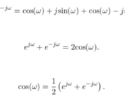
![Figure 1: The two sequences for the autocorrelation of x0[n] and x0[n].](https://www.wavewalkerdsp.com/wp-content/uploads/wordpress-popular-posts/5515-featured-125x100.png)
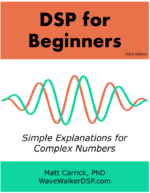
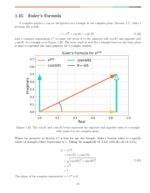
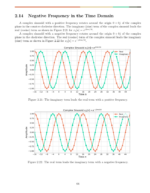
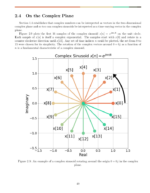
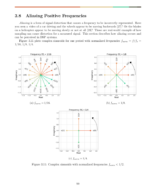
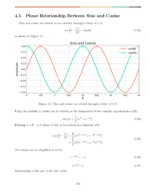
![Rendered by QuickLaTeX.com \begin{equation*}\begin{split}y[n] & = y\left( n T_s \right) \\& = \frac{1}{2} \left[ \text{cos} \left( 2\pi \left( f_{0} - f_{1} \right) t \right) - \text{cos} \left( 2\pi \left( f_{0} + f_{1} \right) t \right) \right] \\& = \frac{1}{2} \left[ \text{cos} \left( 2\pi \left( f_{0} - f_{1} \right) n T_s \right) - \text{cos} \left( 2\pi \left( f_{0} + f_{1} \right) n T_s \right] \right)\end{split}\end{equation*}](https://www.wavewalkerdsp.com/wp-content/ql-cache/quicklatex.com-1fc6ed28fb8160f74543c8c31dd59266_l3.png)